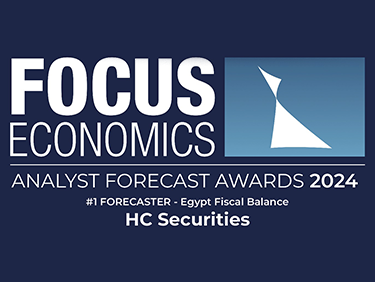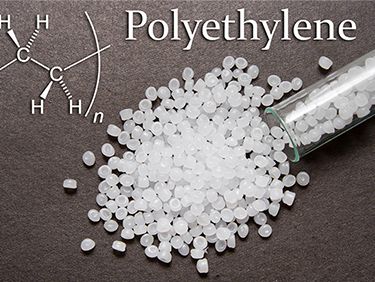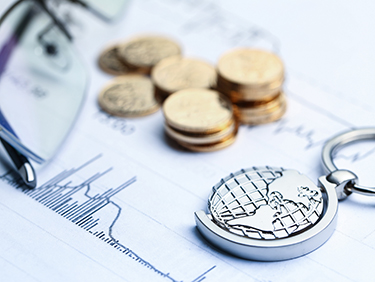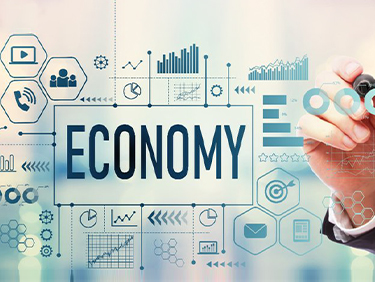-
In light of Egypt’s macro economy developments and the global conditions, HC Securities & Investment expects the CBE to maintain the interest rates in its upcoming meeting scheduled July 18th, 2024, Egypt’s credit outlook improvement is one of the reasons
Financials analyst and economist at HC, Heba Monir commented: “We expect the MPC to maintain the overnight deposit and lending rates at its upcoming meeting despite (1) the y-o-y deceleration in headline inflation for four consecutive months, despite m-o-m increases, on favorable base effect, (2) improved FX liquidity post the Ras El Hekma investment deal, which helped increasing net international reserves (NIR) by c33% y-o-y and c0.6% m-o-m to USD46.4bn in June and reversing the net foreign liabilities (NFL) position of the banking sector of USD29.0bn in January into a net foreign assets position (NFA) of USD14.3bn in May, (3) the improvement in Egypt’s one-year CDS to 303 bps currently from 857 bps on 1 January, and (4) the recent improvement in Egypt’s credit outlook by Moody’s to Positive from Negative and to Positive from Stable by Fitch and S&P. However, our interest rate model estimated the required interest rate by investors on the 12-month T-bills at 36.1%, corresponding with the maximum yields requested by banks and reflected in the high bid-to-cover ratios currently witnessed, which implies a real positive interest rate of 7.9% versus a current minor negative real interest rate of 0.6% (after deducting a 15% tax rate for European and US investors and based on our 12M average inflation rate forecast of 22.8%) over the latest 12M T-bill rate. Since the 6 March EGP floatation, the 12M T-bill rate rebounded to 26.1% currently from its lowest level of 25.7% in early April, yet it remains lower than its peak at 32.3% in early March. Therefore, given the current negative real interest rate on treasuries and the possibility of higher inflation following the imminent revision of household electricity and fuel prices in 3Q24, we anticipate the MPC will keep interest rates unchanged.”
It is worth mentioning that, in its 23 May meeting, the Monetary Policy Committee (MPC) of the Central Bank of Egypt (CBE) maintained the benchmark overnight deposit and lending rates unchanged at 27.25% and 28.25%, respectively, after it hiked them by 600 bps in March, bringing total rate hikes to 1,900 bps since it started its tightening policy, including 300 bps in 2022, 800 bps in 2023 and 800 bps in 2024. Egypt’s annual headline inflation decelerated to 27.5% in June from 28.1% y-o-y in May, according to the Central Agency for Public Mobilization and Statistics (CAPMAS) data. Monthly prices rose 1.6% m-o-m, compared to a decrease of 0.7% m-o-m in the previous month. On the global front, the US Federal Reserve maintained the target range for the federal funds rate at 5.25-5.50% after it hiked rates by 100 bps in 2023 and 425 bps in 2022, with a total of 525 bps since it started its tightening policy, while the European Central Bank (ECB) ECB lowered the key ECB interest rates by 25 bps after nine months of holding rates steady on an improved inflation outlook. Based on Egypt’s current economic situation, we present below our expectations for the possible outcome of the 18 July MPC meeting.
About HC Securities & Investment
HC Securities & Investment is a leading investment bank in Egypt and the MENA region. Since its inception in 1996, HC has utilized its relationship-driven insights, local and regional market knowledge, and industry-specific expertise and strong execution capabilities to provide its clients with a wide range of services in investment banking, asset management, securities brokerage, research, custody and online trading through its offices in Egypt and the UAE (DIFC). HC Investment Banking has an outstanding track record of advising leading corporates in Egypt and the MENA region on M&A, capital market, and financing transactions in excess of USD6.6bn. HC Asset Management now manages 7 mutual funds for commercial banks and portfolios for institutions and sovereign wealth funds with assets under management in excess of EGP7bn. HC Brokerage is ranked among the top brokers in Egypt and provides a wide array of services, including research and online trading to institutional and retail clients.










